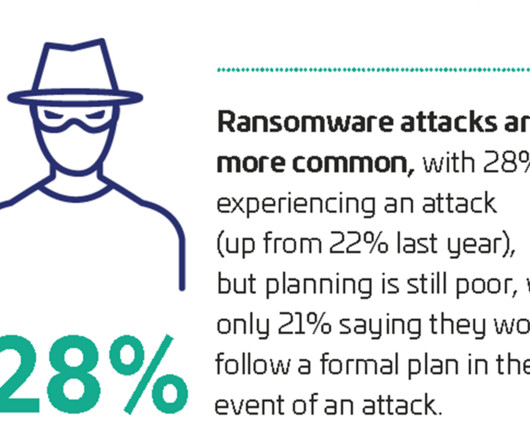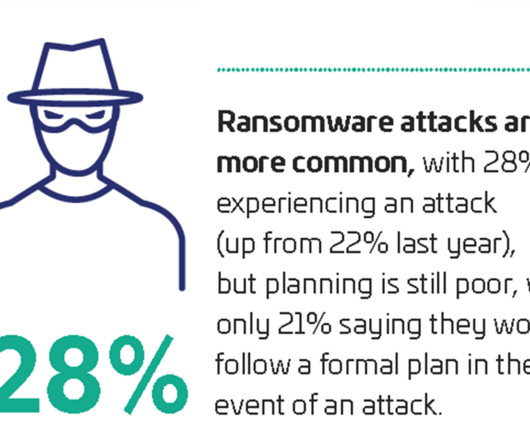RSAC insights: Malware is now spreading via weaponized files circulating in data lakes, file shares
The Last Watchdog
JUNE 3, 2022
Digital content creation is flourishing with intellectual property, financial records, marketing plans and legal documents circulating within a deeply interconnected digital ecosystem. The trend that we’re seeing is that more than 30 percent of the content flowing into data lakes is from untrusted sources,” he says. “It’s















Let's personalize your content